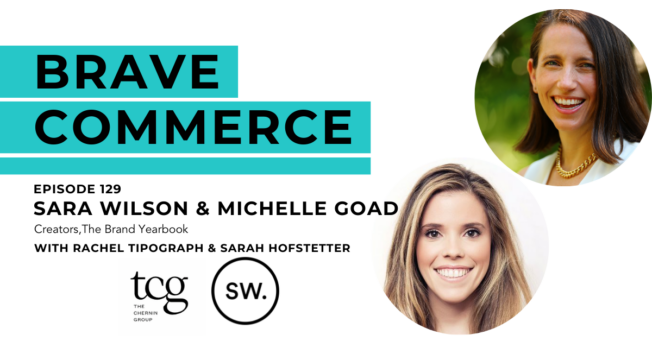Introducing the Adweek Podcast Network. Access infinite inspiration in your pocket on everything from career advice and creativity to metaverse marketing and more. Browse all podcasts.
In this episode of Brave Commerce, Sara Wilson and Michelle Goad, the minds behind The Brand Yearbook, explore the intriguing world of Gen Z and their influence on branding and media.
The Brand Yearbook story begins when Goad, who was then general manager of Gen Z innovation at Nike, was working on the launch of Nike’s NbG (Nothing but Gold, the athletic brand’s style app for women) and brought on Wilson as a consultant in community and content strategy.
The two found themselves constantly connecting to celebrate the successes and interesting plays made by companies looking to win over Gen Z. Their enthusiasm led them to share their perspectives through The Brand Yearbook to teach others what was working and why.
Throughout the episode, Wilson and Goad emphasize crucial themes for brands to consider when targeting Gen Z, including nostalgia and creative, content-centric strategies. They delve into the changing concept of luxury, exemplified by brands like Erewhon, and discuss how self-expression on social platforms such as TikTok fuels the desire for distinctive, identity-driven products.
Wilson and Goad also explain how the transition from transactional websites to platforms centered on content and community is fueled by the generation’s desire for deeper relationships between the branding they observe and the products they buy.
Key takeaways:
- The growing popularity of social media platforms emphasizes the need for products to be more expressive and unique.
- To appeal to Gen Z, brands should implement innovative, content-based strategies.
- The transition from transaction-oriented websites to content and community-focused platforms demonstrates content’s vital role in influencing consumer behavior.










